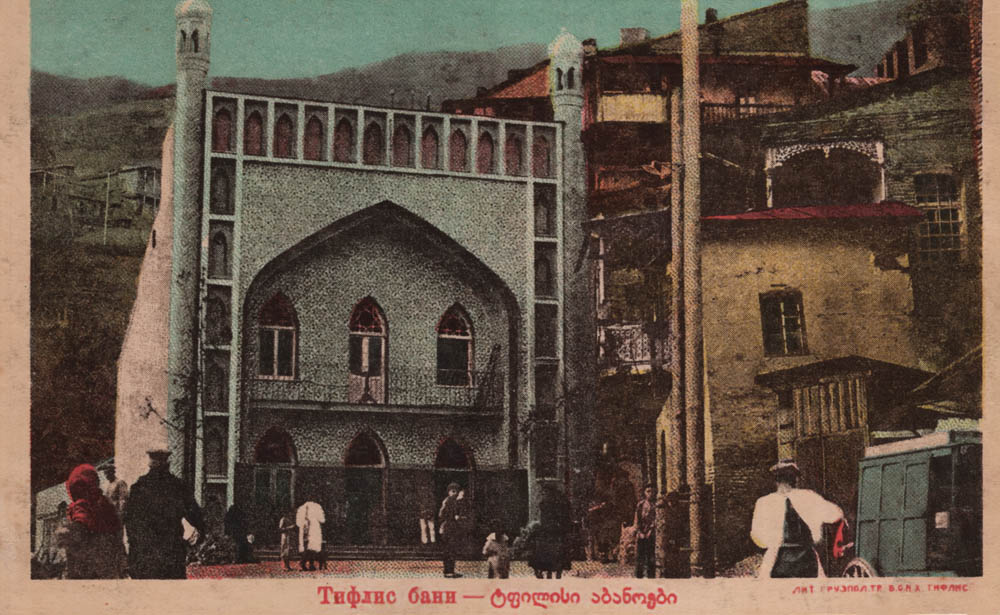Hydrogen sulfide springs are inextricably linked to the history of Tbilisi.
One local legend says that in the V century, Georgian King Vakhtang Gorgasali (c. 455–502) discovered the hot springs while hunting.
A wounded pheasant drank from the spring and recovered.
The king was so amazed by this that he decided to found a city on the spot.
The name Tbilisi comes from Old Georgian and translates as “Warm place.”
The first springs were discovered in the Tsavkisis-Tskali river gorge, near today’s Botanical Garden.
It was here that the oldest bath district—Abanotubani—emerged.
The baths have changed their appearance many times, both inside and out.
The earliest baths were open pools into which water enriched by the springs was channeled through a system of pipes.
They acquired their current appearance only at the end of the XVIII century, because in 1795 Tbilisi was destroyed by the Persian Shah Agha Mohammad Khan (1741–1797).
According to legend, upon hearing of the miraculous baths, the shah decided to try to cure his illness.
But when the attempt failed, he leveled the baths to the ground, afterwords it was rebuilt again.
